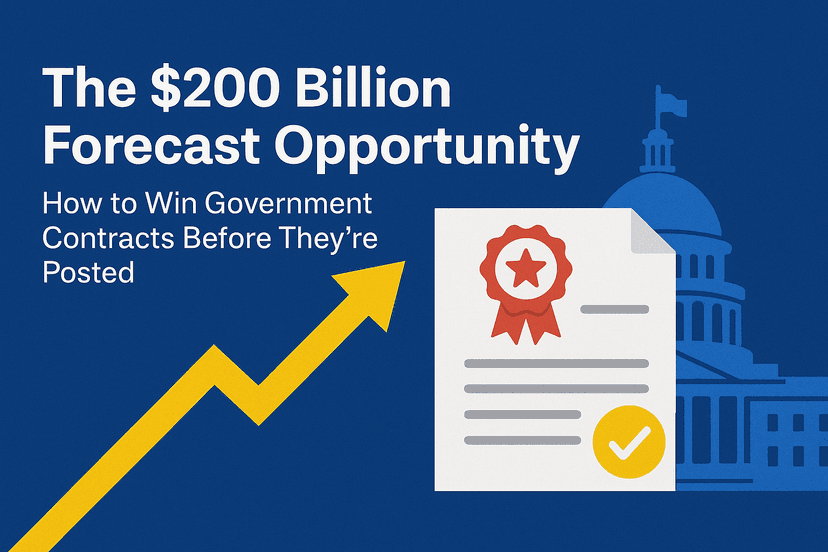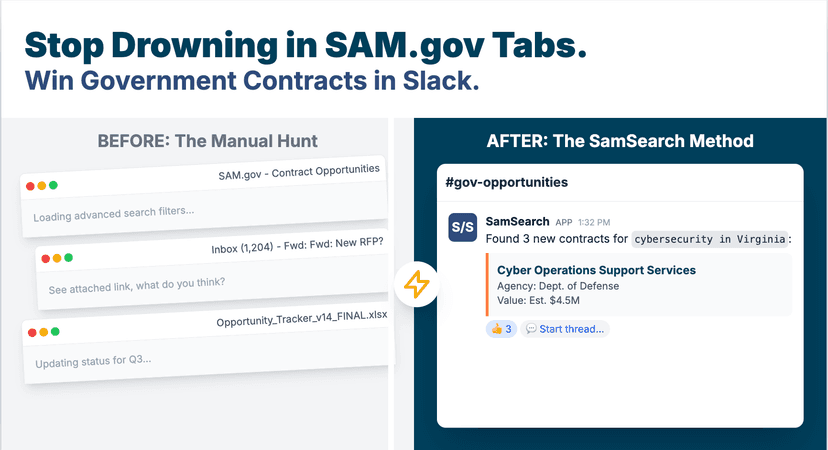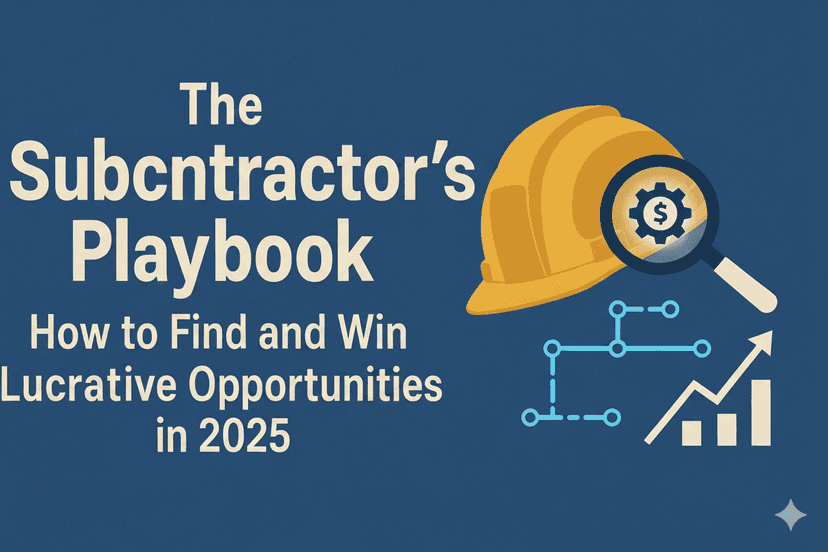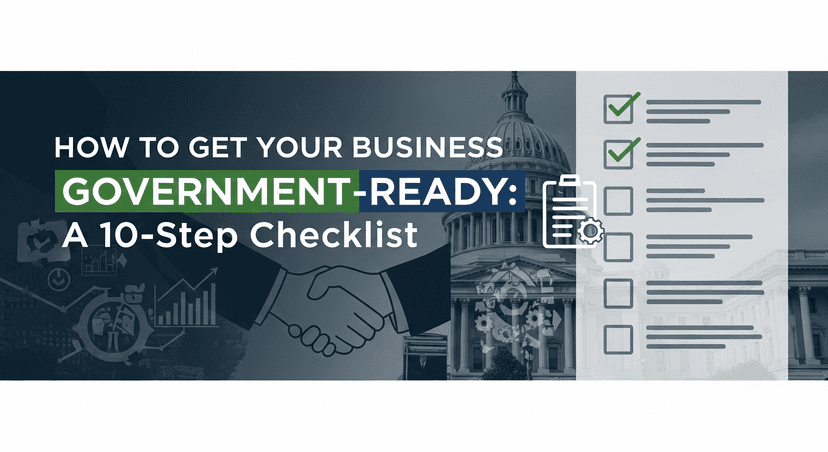How the U.S. Government Buys: Insider Tips for Businesses
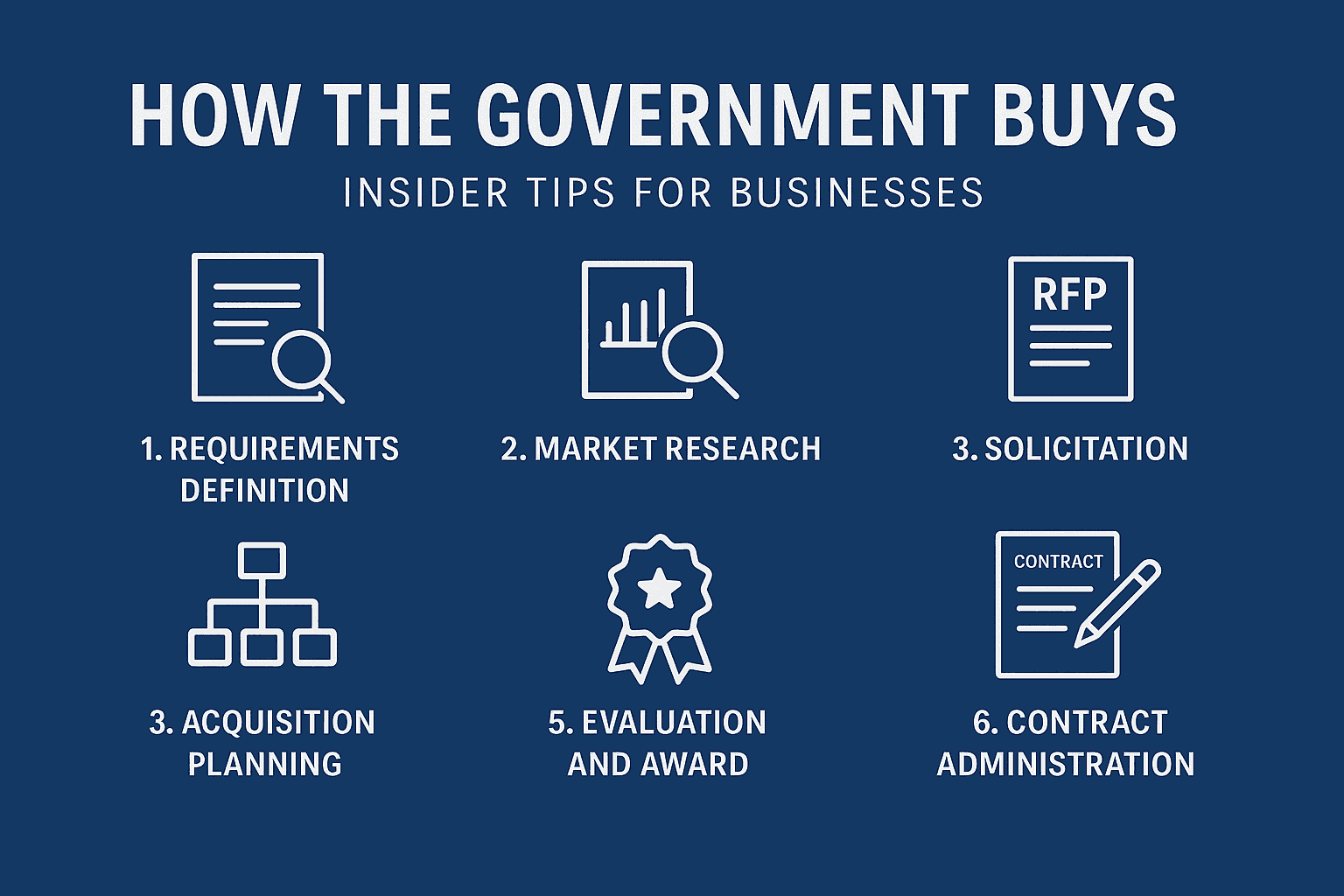
🎥 Prefer video? Watch the full breakdown here:
Introduction: Why You Should Care About Government Procurement
When you think about major customers, you might imagine Fortune 500 corporations or fast-scaling startups. But the single largest buyer of goods and services in the world? That title belongs to the United States federal government.
Each year, U.S. federal agencies spend over $700 billion on everything from IT systems and cybersecurity services to janitorial supplies, logistics, and professional training. If you're a business looking for long-term, stable revenue, selling to the government is an opportunity you can’t afford to ignore.
And here’s the kicker: the government is required by law to consider small businesses for many of these contracts. In fact, the Department of Defense alone employs over 180,000 acquisition professionals—contracting officers, project managers, legal experts, and financial analysts—who are all working together to ensure that agencies get what they need, legally and efficiently.
Understanding how this system works isn’t just helpful. It’s essential.
The Government’s Buying Process (and How You Can Win at Each Stage)
Government contracting isn’t just about writing proposals. It’s about understanding how decisions are made behind the scenes—so you can align your efforts with what’s actually happening inside an agency.
Here’s a step-by-step breakdown of the process:
1. Requirements Definition
🏛 What's Happening Inside the Agency
Every government contract starts with a need. Agencies begin by clearly defining what they want to buy, why they need it, and what success looks like.
- Program managers and subject matter experts draft Statements of Work (SOWs) or Performance Work Statements (PWS).
- These documents lay out the scope, goals, and expected deliverables.
- Stakeholders refine internal objectives to align with policy, mission, and funding constraints.
💼 Business Strategies
- Start with Forecasting: Visit https://acquisitiongateway.gov/forecast to view agency forecasts. These documents hint at what agencies plan to buy in the future.
- Align with the Mission: Tailor your marketing and capability statements to reflect the agency’s strategic goals (often found in annual reports or congressional justifications).
- Be Prepared Early: If you’re waiting until a solicitation is live, you’re too late. The best-positioned vendors shape the opportunity before it even hits SAM.gov.
2. Market Research
🏛 What's Happening Internally
Before drafting a solicitation, agencies conduct market research to understand:
- Which vendors can meet their needs
- Whether small businesses can perform the work
- What contract vehicles might be appropriate
- What NAICS codes and set-aside categories apply
This often takes the form of Sources Sought Notices or Requests for Information (RFIs).
💼 Business Strategies
- Respond to Sources Sought and RFIs: These are your chance to get in early and shape the opportunity. Be clear, specific, and persuasive.
- Define the Opportunity: Influence how the government scopes the work — including the NAICS code, size standard, and whether it’s set aside for small businesses.
- Build Relationships: Don’t go it alone. Team up with prime contractors, get listed in supplier databases like SBA’s Dynamic Small Business Search (DSBS), and attend industry days.
🧠 Insider Tip: Most opportunities are shaped well before they’re posted. Your best chance to stand out is during the market research phase.
3. Acquisition Planning
🏛 What's Happening Internally
Now the agency is getting serious.
- They determine which contracting strategy to use: firm-fixed-price, time-and-materials, IDIQ, BPA, etc.
- They select a contract vehicle, like GSA Schedule, NASA SEWP, or agency-specific IDIQs.
- Small Business Offices (OSDBUs) weigh in to ensure inclusive participation.
💼 Business Strategies
- Get Certified: Certifications like 8(a), HUBZone, WOSB, and SDVOSB can open doors to set-aside opportunities.
- Get on the Right Vehicles: Without access to GSA Schedule or another relevant vehicle, your business might not even be eligible to bid.
- Network Smart: Connect with agency OSDBUs. Their mission is to help you win. Attend their events, webinars, and matchmaking sessions.
4. Solicitation
🏛 What's Happening Internally
This is where the opportunity goes public.
- Agencies release solicitations via RFP (Request for Proposal), RFQ (Request for Quote), or IFB (Invitation for Bid).
- These documents detail how bids will be scored and what documentation is required.
💼 Business Strategies
- Set Up Alerts: Use SAM.gov alerts, agency email lists, and tools like GSA eBuy to never miss a release.
- Attend Pre-Solicitation Meetings: These give you valuable information, and your attendance shows interest.
- Ask Smart Questions: If parts of the RFP are unclear, ask for clarification. Your questions might shape how the contract is awarded.
🔎 Pro Tip: Read the entire solicitation carefully — even the fine print. Missing one clause or requirement can get you disqualified.
5. Evaluation and Award
🏛 What's Happening Internally
The evaluation process is structured and formal.
- Technical experts and contracting officers review proposals.
- The Source Selection Evaluation Board (SSEB) scores submissions based on price, past performance, and technical merit.
- A final selection is made, and a Notice of Award is posted.
💼 Business Strategies
- Mirror the Evaluation Criteria: Don’t just describe your company—speak directly to how you meet or exceed each criterion.
- Showcase Differentiators: What makes you uniquely qualified? Specialized experience? Proven results? Proprietary tech?
- Request a Debrief: Win or lose, always request a debriefing. It’s free and invaluable for improving your future proposals.
6. Contract Administration
🏛 What's Happening Internally
Winning the contract is just the beginning. Now the real work begins.
- Agencies monitor delivery timelines, quality, and compliance.
- Performance is rated in CPARS (Contractor Performance Assessment Reporting System).
- The contract is eventually closed out and archived.
💼 Business Strategies
- Prioritize Performance: Your CPARS score will influence future opportunities. Aim for 5-star execution.
- Look for Expansion: If you’re performing well, explore options for contract modifications, renewals, or task orders.
- Keep Relationships Warm: Continue engaging with the program office and contracting team. Repeat business is common in government contracting.
Technology Tip: Use AI to Work Smarter, Not Harder
With so many steps and so much paperwork, government contracting can feel overwhelming. But the right tools can give you a serious edge.
Try SamSearch
SamSearch is a modern, AI-powered platform that simplifies your government sales process.
- 🔎 Instantly search federal, state, and local contracts
- 🤖 Use AI assistants to summarize solicitations and answer complex RFP questions
- 📝 Auto-draft proposals using your business documents and the solicitation's language
- 📄 Refine and improve proposals with AI feedback
- 🔔 Get real-time alerts on opportunities relevant to your capabilities
Visit 👉 www.samsearch.co to try it out today.
Final Thoughts: Get Proactive, Get Positioned, Get Paid
Winning a government contract isn't luck. It's strategy. It’s about being visible before the opportunity is posted, aligning with the agency’s mission, and demonstrating value at every step.
If you’re new to this space, don’t worry. The system can seem complex at first, but with the right knowledge (and tools), you can confidently compete for—and win—contracts that provide long-term, stable revenue for your business.
Ready to compete at a higher level?
Get started today by creating a capability statement, setting up alerts, and exploring your first agency forecast. And if you need help finding, tracking, or responding to opportunities, let SamSearch guide the way.
📌 Related Resources:
About Samsearch
Samsearch is an all-in-one platform that streamlines the entire government contracting process. Our solution brings together discovery, management, compliance, and proposal drafting — eliminating the need for multiple disjointed government contracting softwares.

